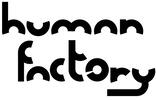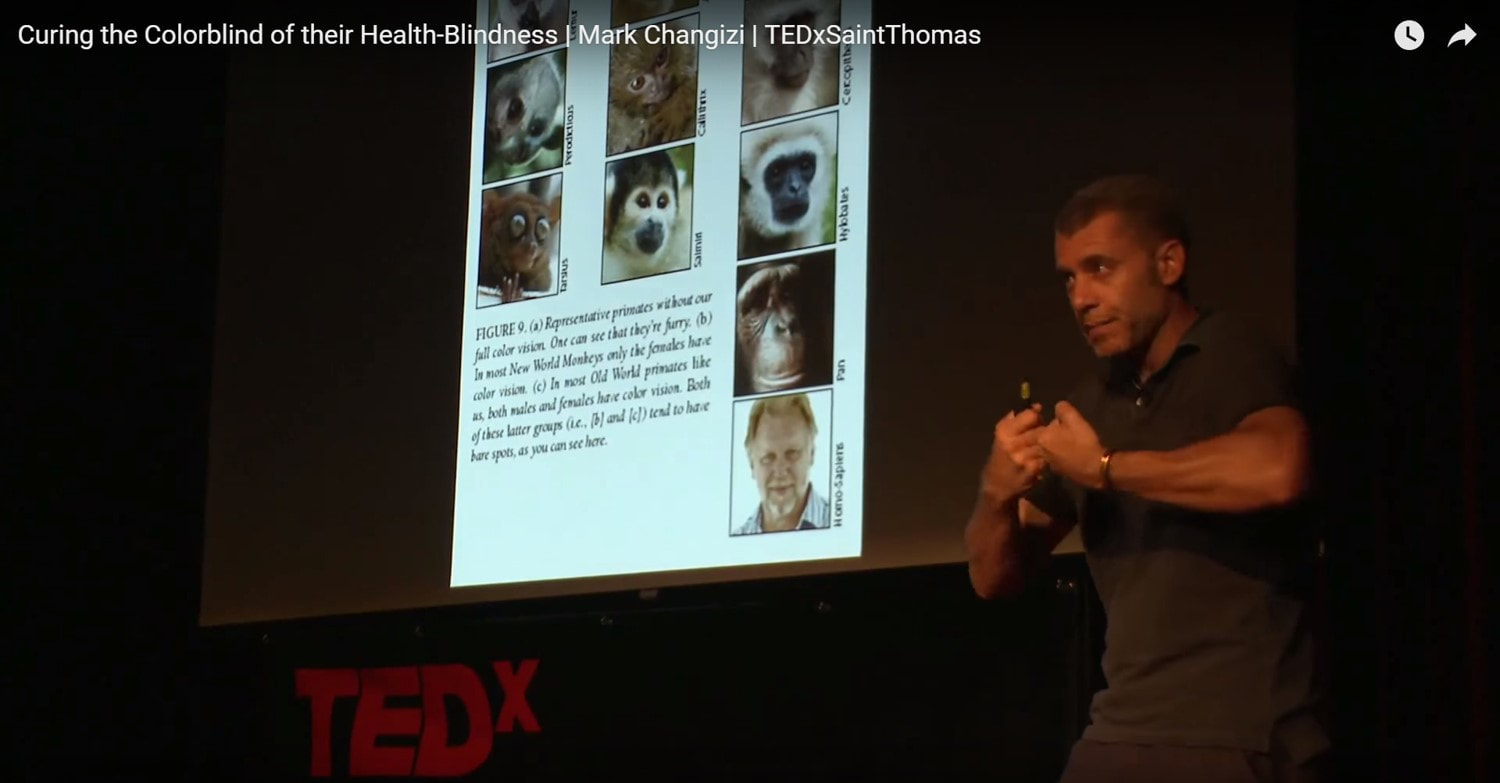health blindness . |

While there are countless electronic medical sensing tools, at the end of the day medical personnel still rely on their naked-eye visual skills when examining and judging the medical signs and health of patients.
On that note, approximately 5% of medical personnel – 10% of men and 1% of women – are “health blind”, which means they are severely perceptually handicapped at sensing the health signs of patients. More often than not, the medical personnel and those that hire them don’t even realize they are health blind.
So who are these “health blind” medical personnel?
The short answer is any medical professional that is color blind is considered to health blind since it has long been documented that red-green color-deficients are disabled at seeing veins, vasculature, pallor, cyanosis, jaundice, rashes, bruising, erythema, retinal damage, ear and throat inflammation, and blood in excretions. Even 18th-century scientist John Dalton, who was color blind, observed that he “could scarcely distinguish mud from blood.”
Considering that even today 10% of the 500 most prevalent medical conditions list skin color changes amongst the signs to look for, individuals that are red-green color deficient are unable to distinguish reds and greens, which make them unable to see everyday health color signals on the skin.
Color deficiency can consequently lead to medical misdiagnosis and has at various times prevented entry into medical school.
So... If you’re red-green colorblind, then you’re health-blind. In that thread, if you’re mildly color deficient, then you are also mildly health-blind.
The Human Factory has the world's only solution for health blindness, namely our patented oxygenation enhancing Oxy-Iso technology at VINO OPTICS.
Find out more about health blindness at the VINO OPTICS site.
On that note, approximately 5% of medical personnel – 10% of men and 1% of women – are “health blind”, which means they are severely perceptually handicapped at sensing the health signs of patients. More often than not, the medical personnel and those that hire them don’t even realize they are health blind.
So who are these “health blind” medical personnel?
The short answer is any medical professional that is color blind is considered to health blind since it has long been documented that red-green color-deficients are disabled at seeing veins, vasculature, pallor, cyanosis, jaundice, rashes, bruising, erythema, retinal damage, ear and throat inflammation, and blood in excretions. Even 18th-century scientist John Dalton, who was color blind, observed that he “could scarcely distinguish mud from blood.”
Considering that even today 10% of the 500 most prevalent medical conditions list skin color changes amongst the signs to look for, individuals that are red-green color deficient are unable to distinguish reds and greens, which make them unable to see everyday health color signals on the skin.
Color deficiency can consequently lead to medical misdiagnosis and has at various times prevented entry into medical school.
So... If you’re red-green colorblind, then you’re health-blind. In that thread, if you’re mildly color deficient, then you are also mildly health-blind.
The Human Factory has the world's only solution for health blindness, namely our patented oxygenation enhancing Oxy-Iso technology at VINO OPTICS.
Find out more about health blindness at the VINO OPTICS site.

